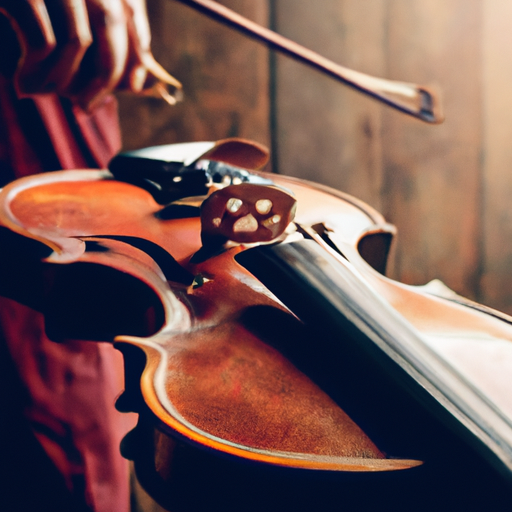
Learning how to play the violin is not only a fulfilling hobby but also a great way to improve cognitive function and enhance hand-eye coordination. For beginners, the journey may seem daunting, but with the right guidance and practice, anyone can learn to play the violin. In this guide, we will take you through the basics of playing the violin and equip you with the necessary knowledge and skills to start your journey as a violinist.

Before you start playing, you need to choose the right violin for your needs. There are different types of violins, and each has its unique features and sound quality. If you're a beginner, it's advisable to opt for a student violin, which is affordable and easy to play. You'll also need to invest in some equipment, such as a bow, rosin, and a case to protect your violin.

Proper posture is essential when playing the violin. You need to hold the violin correctly and maintain a comfortable position to avoid straining your neck and shoulders. You also need to learn how to hold the bow and understand the strings and finger placement. These basics will help you produce a clear and beautiful sound when playing the violin.
Understanding sheet music and reading notes is vital when learning how to play the violin. You need to learn how to recognize pitches and understand the symbols used in sheet music. This knowledge will enable you to play different notes and pieces of music with ease.
Playing scales is an essential aspect of learning how to play the violin. It helps you develop finger strength and dexterity, and improves intonation. Practicing scales regularly will help you improve your technique and enhance your overall playing ability.
Proper technique for bowing and finger placements is critical when playing the violin. You need to learn how to apply the right amount of pressure when bowing and place your fingers correctly on the strings. Bowing exercises can also help improve your technique and develop muscle memory.
Selecting songs to practice is an exciting part of learning how to play the violin. You need to choose pieces that suit your skill level and challenge you to improve. Breaking down songs into parts and practicing them regularly will help you learn to play them with ease.
Consistent practice is the key to mastering the violin. You need to set aside time to practice every day and focus on improving your skills. Tips for effective practice include breaking down pieces into smaller parts, practicing slowly, and using a metronome to develop rhythm.
As a beginner, you're likely to face common issues such as bowing too hard or struggling with finger placement. The good news is that most of these issues can be resolved with practice and patience. Solutions to common issues include using a mirror to check your posture and bowing, and practicing slow and deliberate movements.
Learning how to play the violin is a challenging but rewarding journey. With dedication, practice, and the right guidance, anyone can learn to play the violin. We encourage you to continue practicing and progressing, and we hope this guide has equipped you with the necessary knowledge and skills to start your journey as a violinist.
How to play the violon for beginners